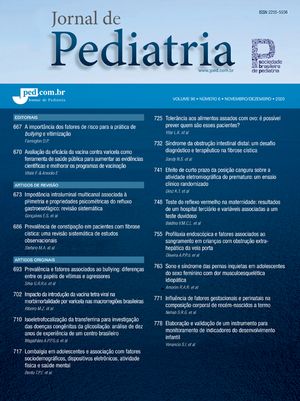
tuberculosis is still one of the most severe chronic diseases, especially in the world's poorest regions. Developing countries still have to face serious problems related to this endemic disease, in spite of the control programs they have implemented. The present study aims at updating the diagnosis and treatment of tuberculosis in three South American countries: Brazil, Chile and Argentina.
SourcesMedline and Lilacs databases, official guidelines and consensuses of the three countries involved.
Summary of the findingsBrazil, Chile and Argentina have guidelines based on the World Health Organization documents and on international consensuses. The standardization is similar between these countries, allowing the unification of language and favoring control measures. Within the Brazilian context, the new guidelines on the treatment of tuberculosis set out by the Ministry of Health are presented.
Conclusionssince each country had to make adaptations in an attempt to solve the epidemiological differences between them, the treatments against tuberculosis still present some discrepancies, such as the use of three or four drugs in some cases.








